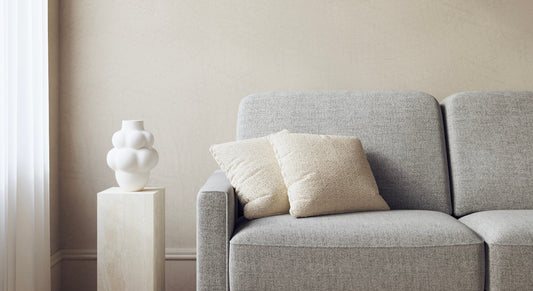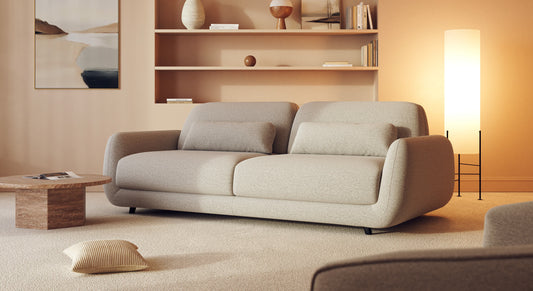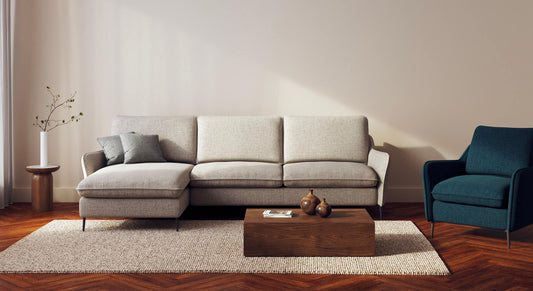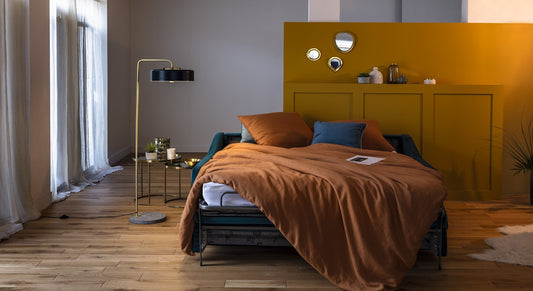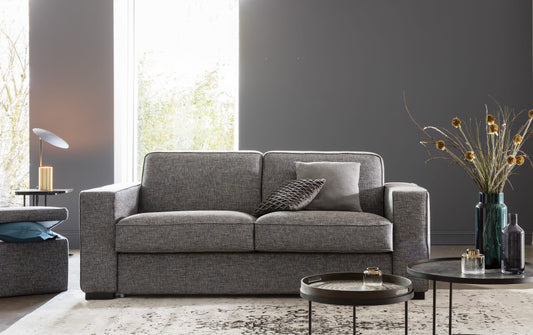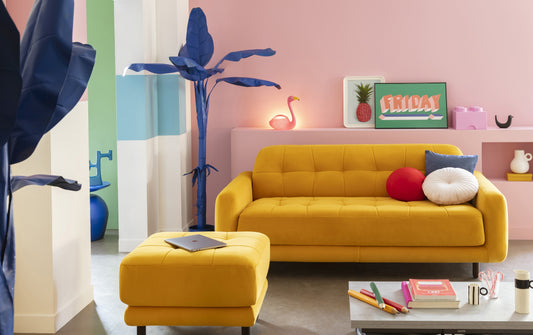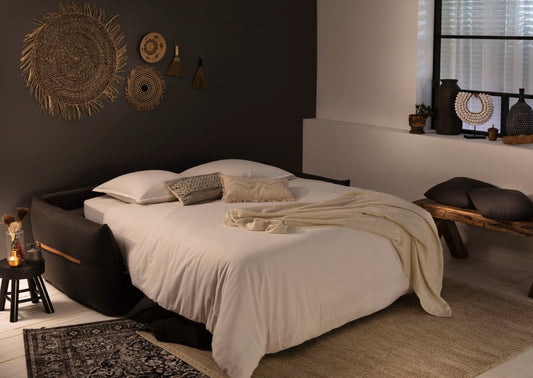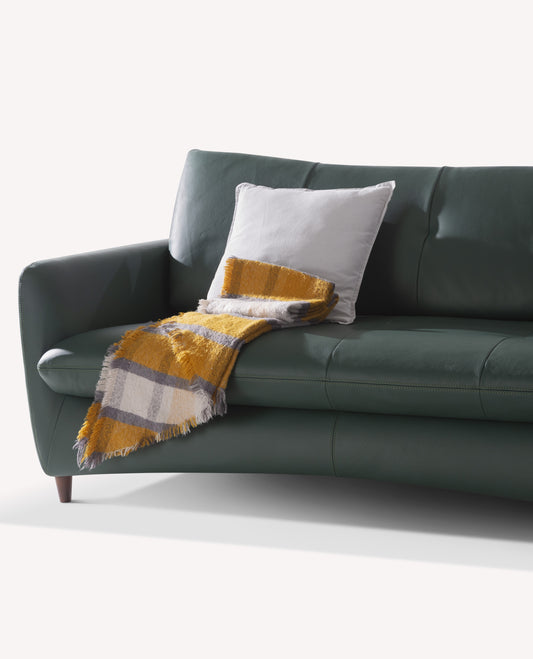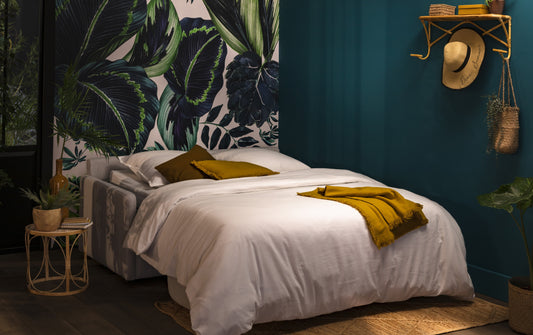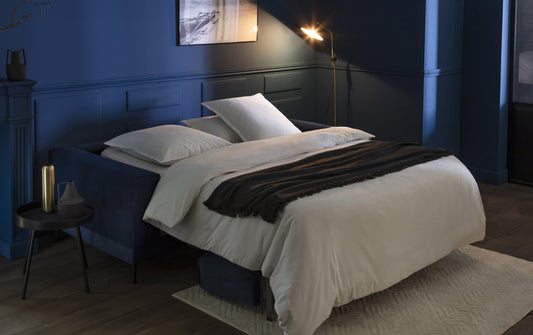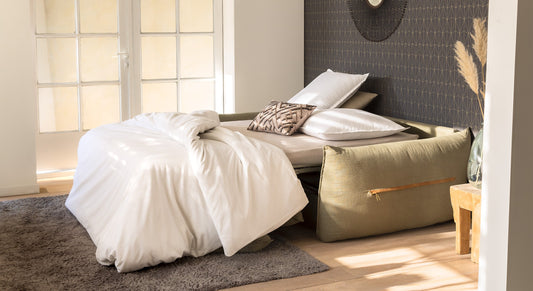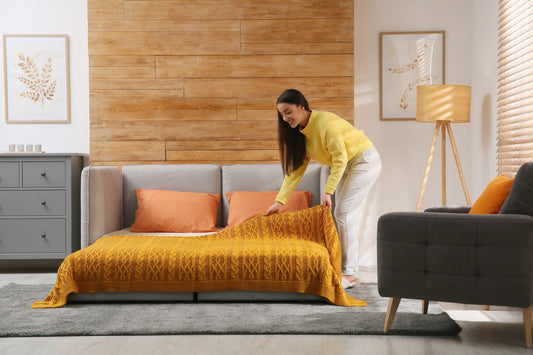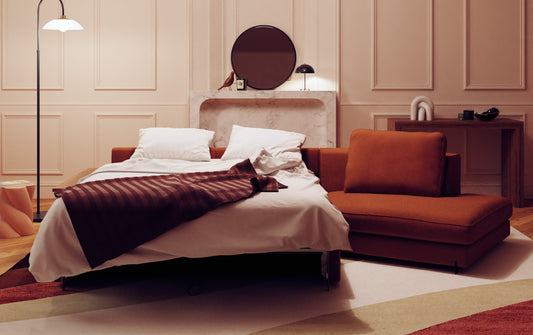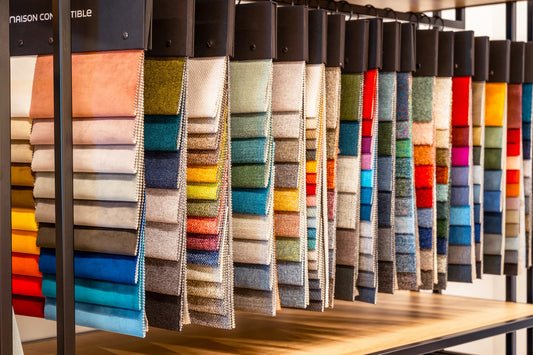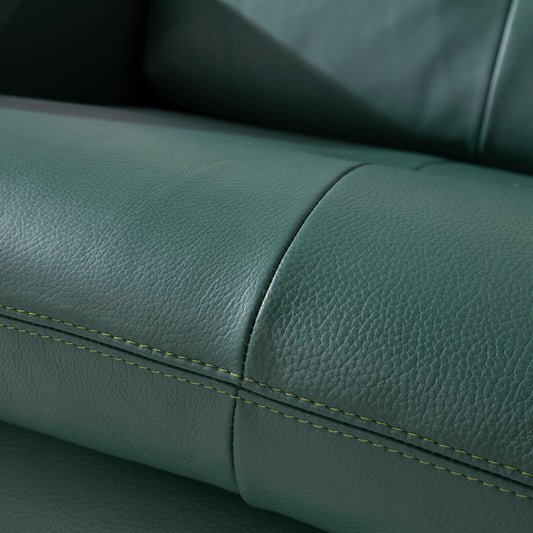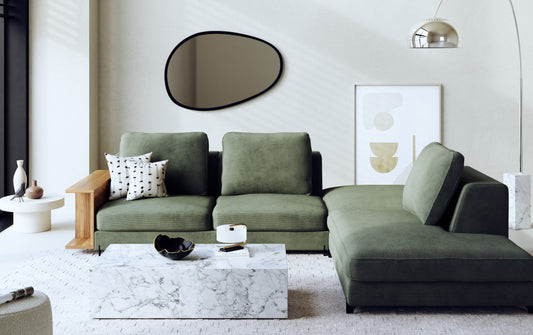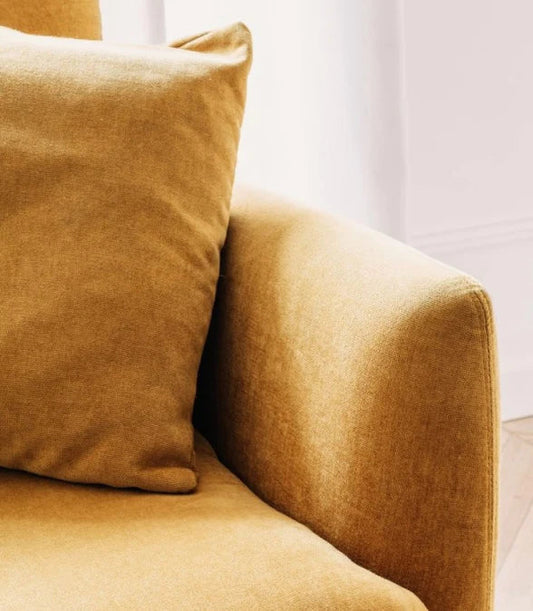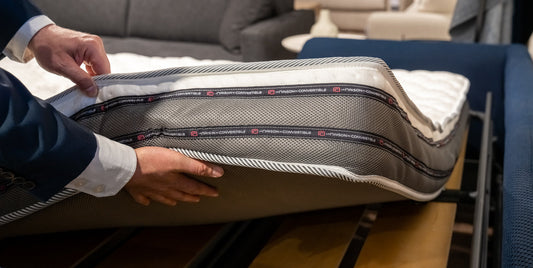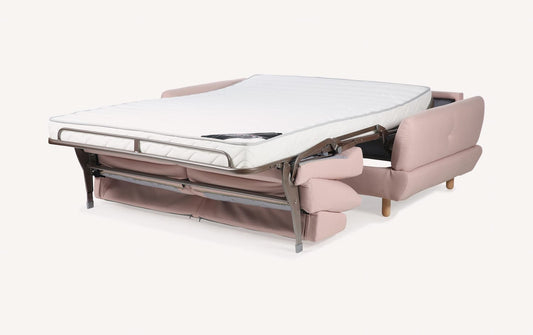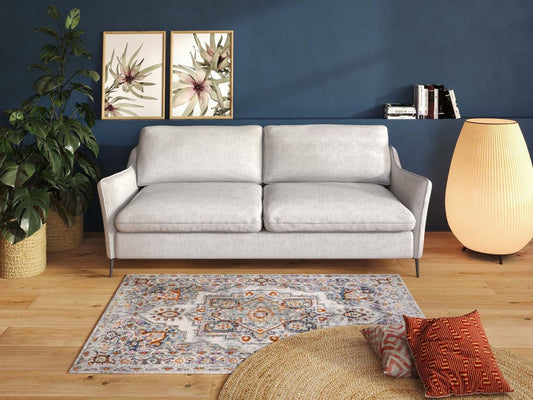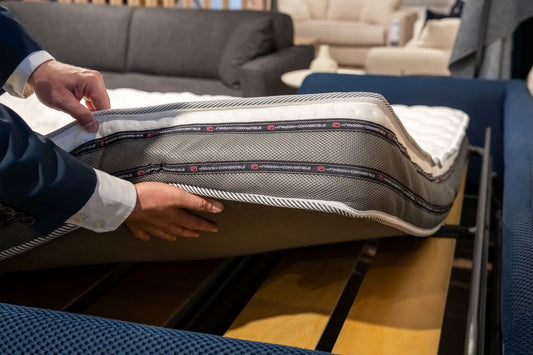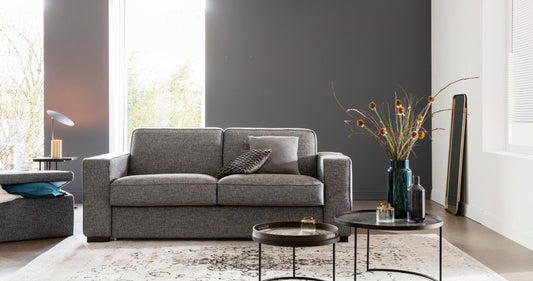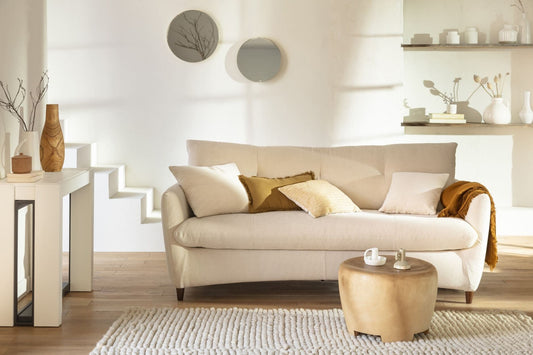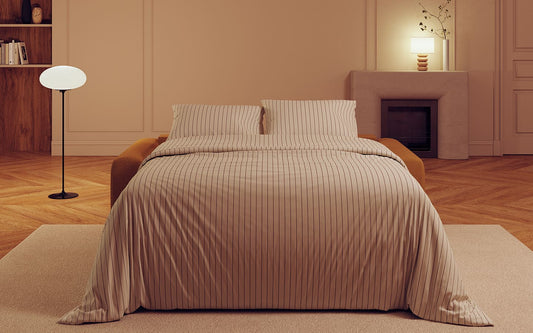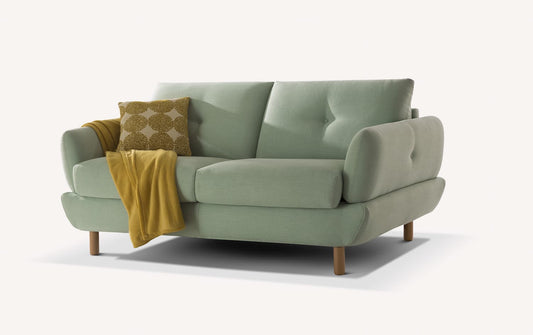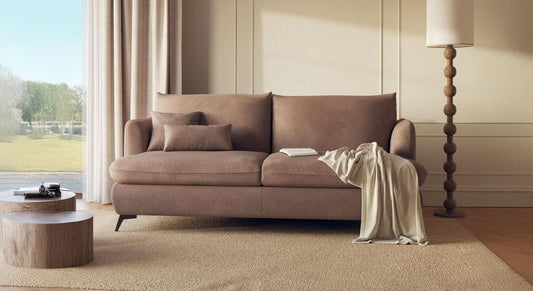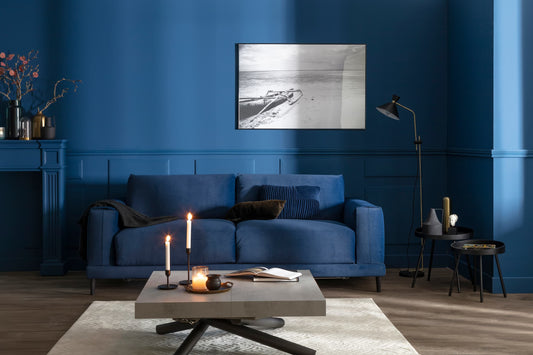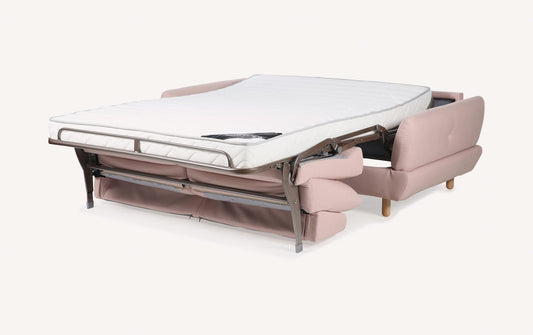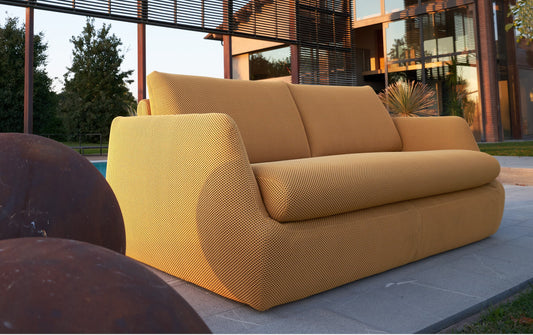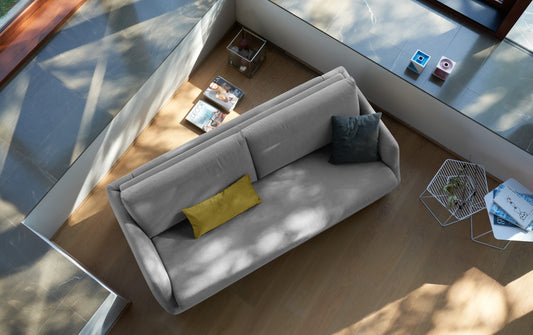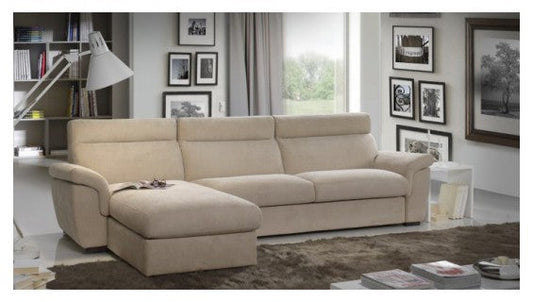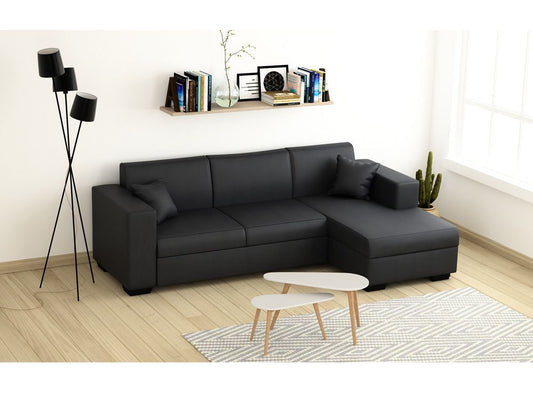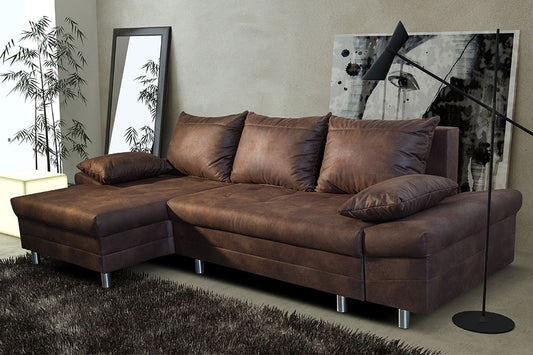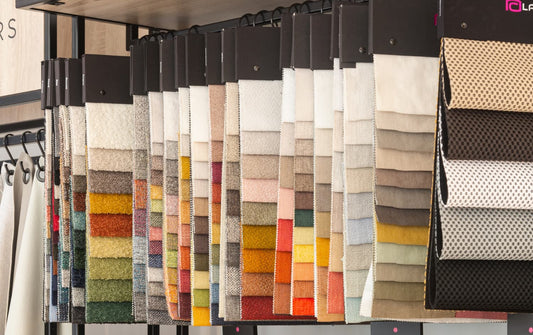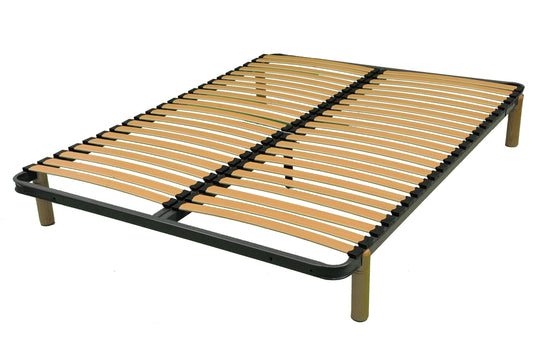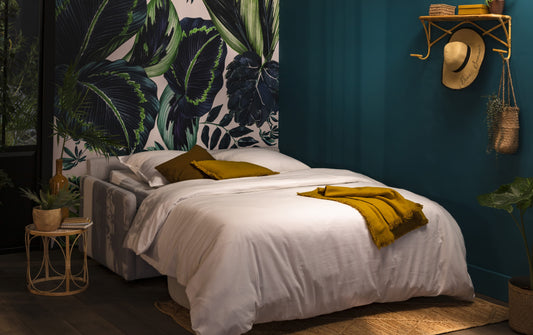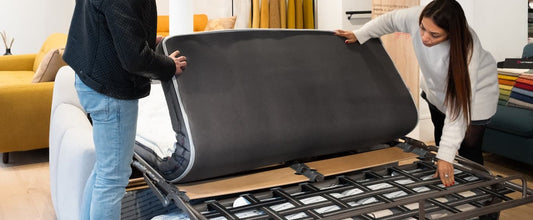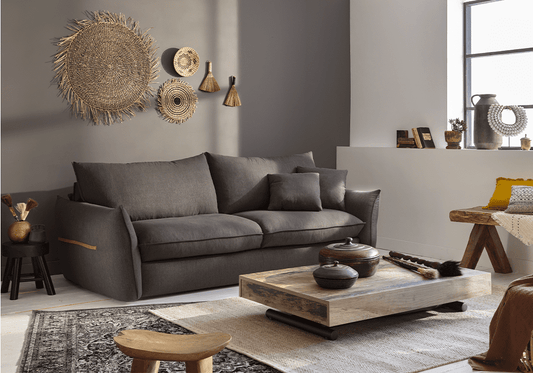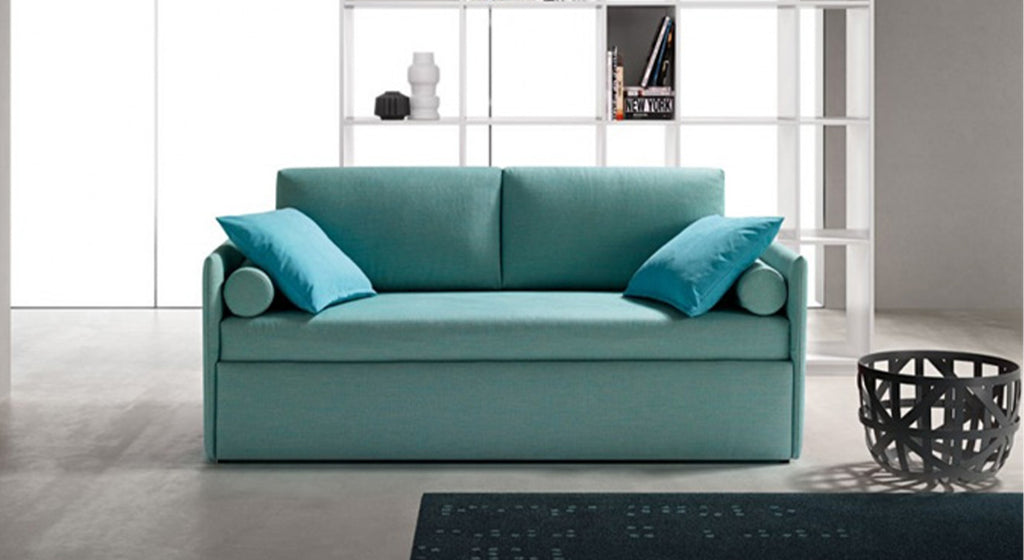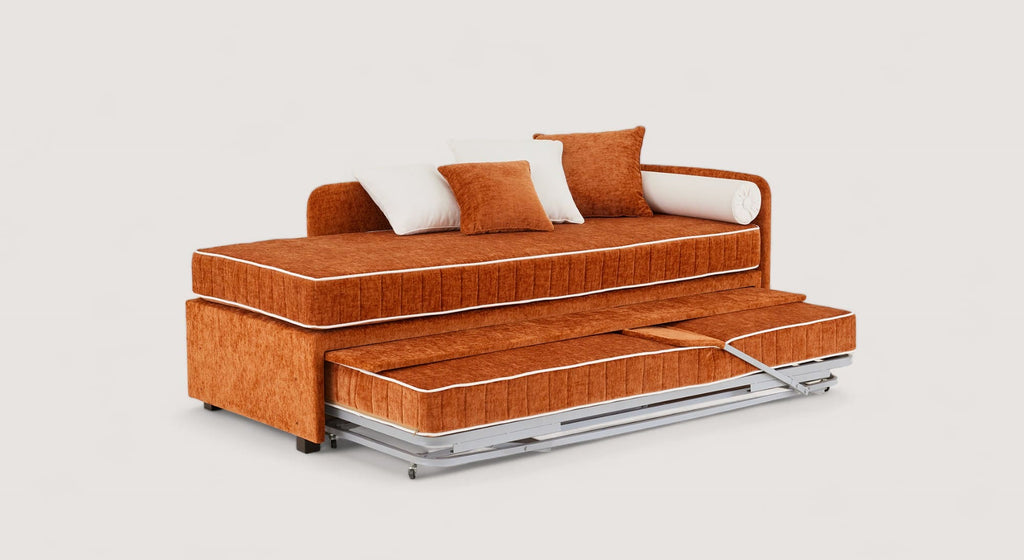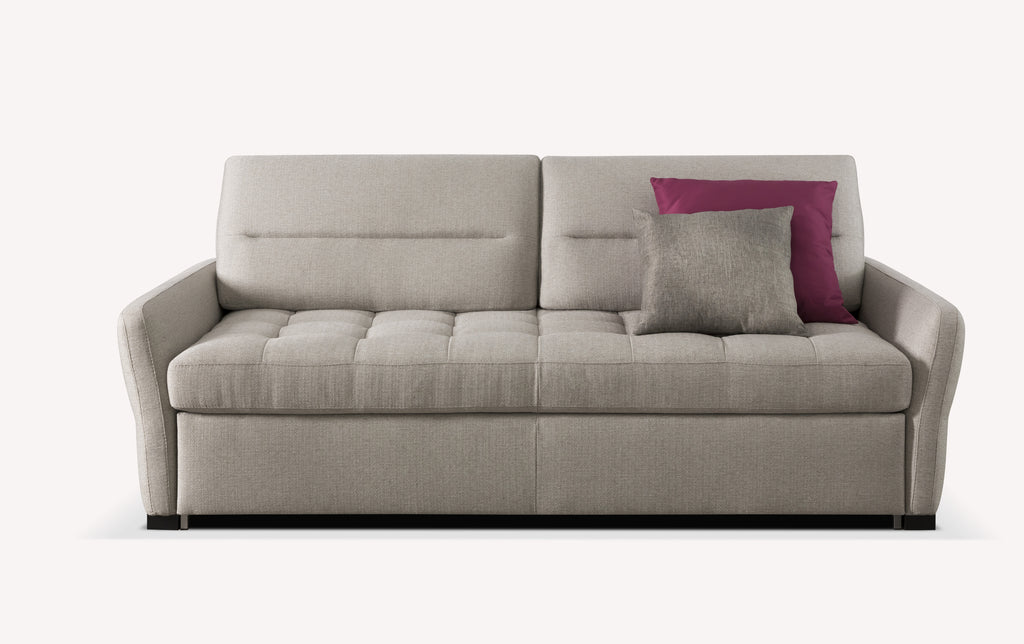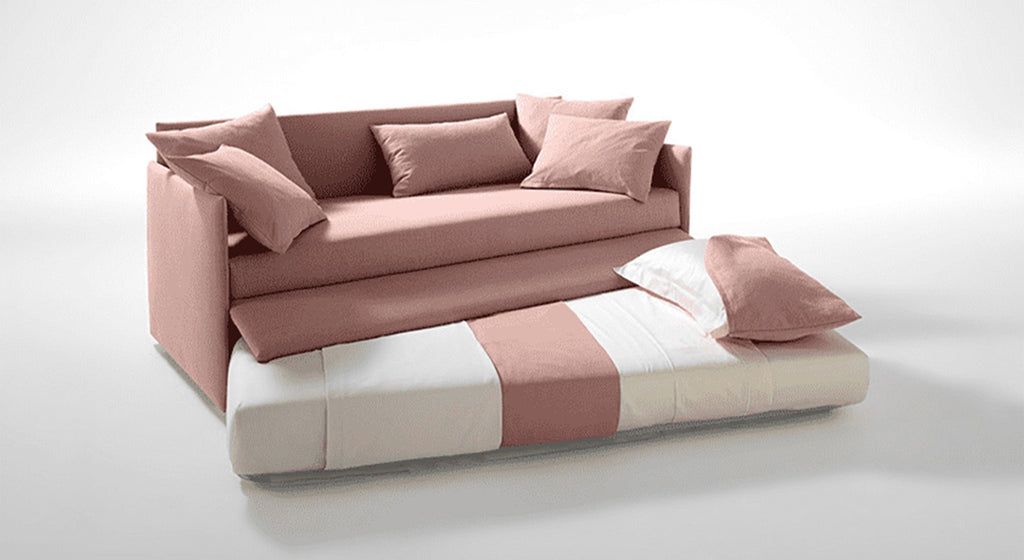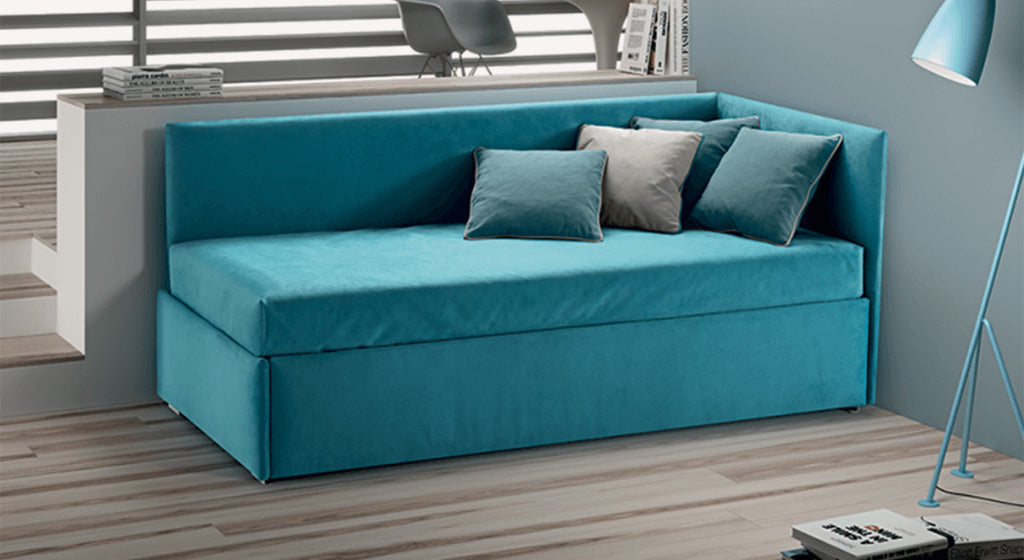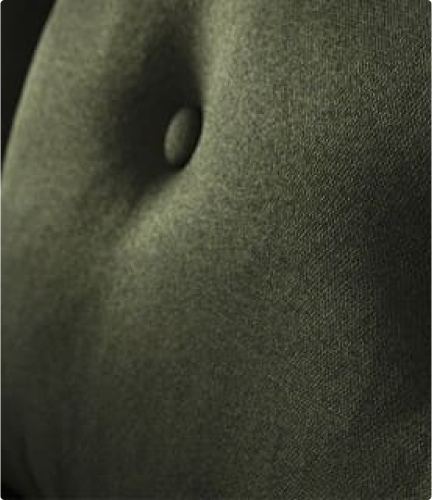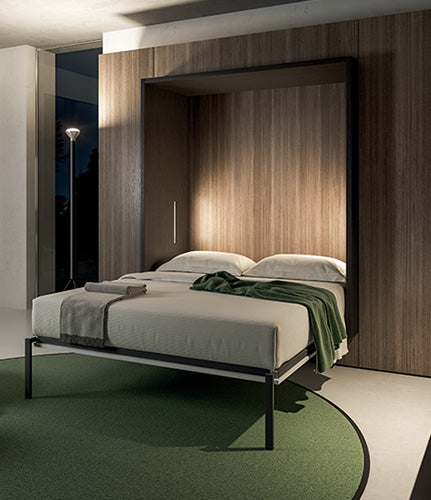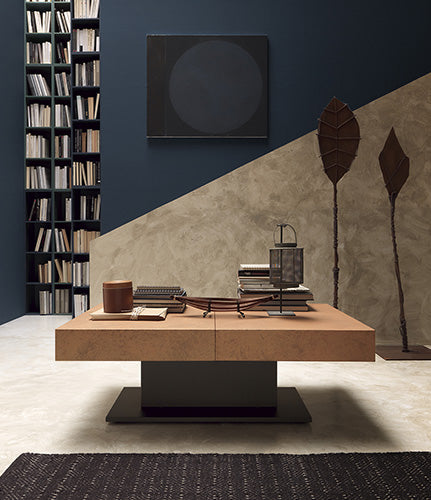If there's one sofa that makes you want to relax, it's the chaise longue. Appreciated for its comfortable sitting and lying position for centuries, this antique piece of furniture seems timeless. A look back at the origins and history of the Roman chaise longue and its modern variations.
History of the Roman Meridian: From Antiquity to Today
The Roman meridian: an invitation to relax
More than any other piece of furniture, the chaise longue is an invitation to relax and daydream. Its name comes from the Latin meridies , meaning "noon," and meridio, meaning "nap" in Old French. It is an element of comfort and charm in a home.
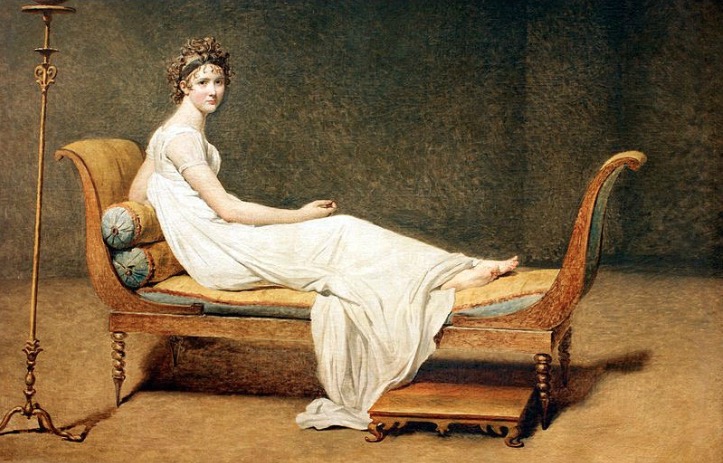
Meridian of the Directory
A daybed is a sofa designed like a bed. The idea is to be able to enjoy a sitting and lying position. On this unstructured sofa, the head of the bed, traditionally called the "bedside table," is always higher than the foot of the bed.
The meridian: an ancient tradition
When we talk about chaise lounges, we all imagine the period piece of furniture on which the Romans and Greeks gorged themselves on food and wine. At that time, it was the essential piece of living space. During banquets, all guests had their own chaise lounge and only left it to dance. No one could claim to be a quality host without owning the coveted bench...
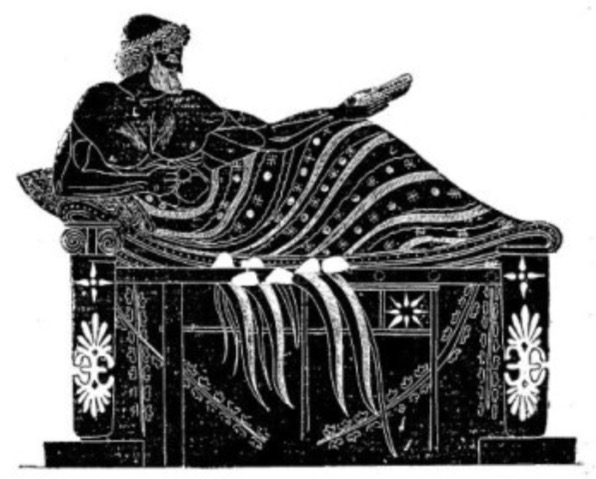
Bed of Hercules representation of the ancient meridian
From the very beginning, the chaise longue was designed for comfort and, above all, durability. Its antique versions were crafted from sturdy materials such as wood, bronze, or marble. They were adorned with numerous cushions to allow the occupant to remain comfortably seated for hours.
Over time, its concept has remained, its design, structure, and comfort have evolved. Far from being outdated, the chaise longue has not aged; it has matured.
The daybed at the origin of the convertible
The chaise longue is an essential piece of furniture in the history of furniture and that of the convertible... Known since Antiquity, it underwent a huge evolution in the 1950s. When Albert Ducrot started developing all kinds of convertible furniture, he began by creating an armchair that could be transformed into a chaise longue, with a pull-out footrest.
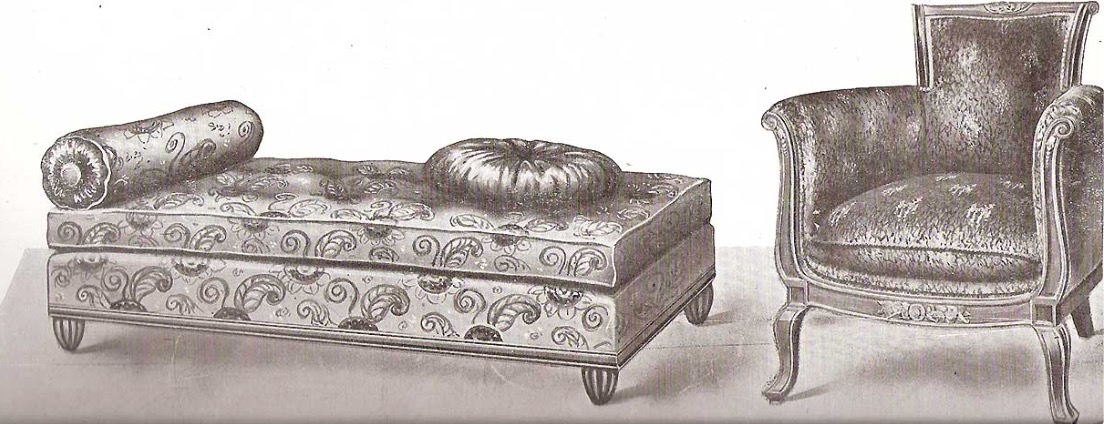
Albert DUCROT's chaise longue and armchair
This piece of furniture, marked by the desire to provide a dual function, became the first convertible sofa in history. Subsequently, by filing various patents concerning the mechanics of convertible sofas, he allowed the chaise longue, and other pieces of furniture, to transform into a bed. Now, during the day, you can sit and lie down comfortably on the chaise longue, and at night, recharge your batteries in a real bed.
Today's daybeds
From antiquity to today, the chaise longue seems to have always dreamed of being convertible. In an effort to harmonize shapes and offer the greatest comfort, La Maison Du Convertible in one of its Italian workshops has created two convertible chaise longues: the Sunrise
Characterized by the generosity of its shapes, it brings a touch of glamour and ultra-comfortable design to your interior.

This chaise longue is eye-catching and instantly inhabits your home. It's recognizable as a resemblance to Boca, the famous mouth-shaped sofa created by Salvatore Dali in 1936.
In addition to being convertible into a bed, much more comfortable than the original model, its flowing and voluptuous curves bring softness that contrasts with the passionate red. Its seat is tender, like a kiss. You will enjoy spending long evenings curled up on this sofa.
For the record... Dali's Boca is a tribute to the full, red lips of Mae West, the American sex symbol of the 1930s.
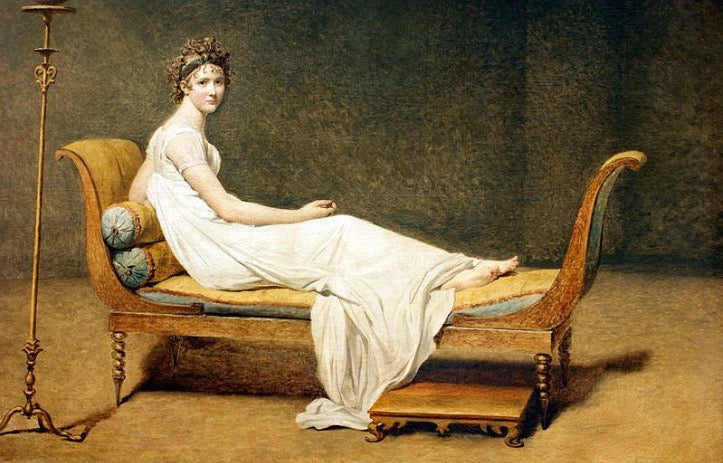

 The up and down coffee table: practical on a daily basis for small homes
The up and down coffee table: practical on a daily basis for small homes
 Liftable table: which design to go with my sofa?
Liftable table: which design to go with my sofa?
 Liftable coffee table: round or rectangular? Our advices
Liftable coffee table: round or rectangular? Our advices
 Quelle couleur associer avec votre canapé vert foncé ?
Quelle couleur associer avec votre canapé vert foncé ?
 BZ or Futon sofa bed – How to choose the right bench seat?
BZ or Futon sofa bed – How to choose the right bench seat?
 Idées et conseils pour décorer un salon avec un canapé noir
Idées et conseils pour décorer un salon avec un canapé noir


